Social and Emotional Learning (SEL), the process through which children and adults understand and manage emotions, set and achieve positive goals, feel and show empathy for others, establish and maintain positive relationships, and make responsible decisions, is being recognized as a critical component to learning across the world.
“Waldorf School at Moraine Farm has always been a leader in innovative and developmental education,” sais Heather Collis-Puro, Interim Executive Director. “This year we created a core teaching position and a SEL ‘CARE’ class for our students in grades 1-6.”
In the weekly course, students work with themes such as Communication, Gratitude, Presence, and Creativity. Lessons have aspects of story, art, movement, and service as part of the regular rhythm of each 45-minute period. The last class period of each month is dedicated to an age-appropriate yoga and meditation practice that will help to integrate the learning that developed over the course of the month.
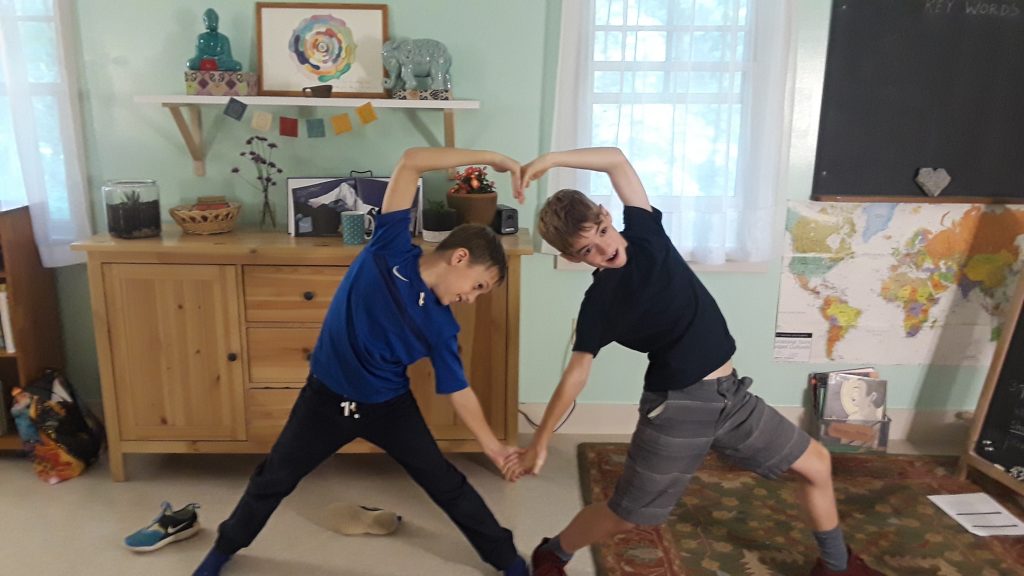
Social and Emotional Learning may sound soft, but it’s backed up with hard facts.
- A Columbia University study found that every dollar invested in SEL programming yields $11 in long-term benefits. These benefits include reduced juvenile crime, higher lifetime earnings, and better mental and physical health.
- A 2017 study uncovered the long-term impact of SEL programming, which can have a positive impact up to 18 years later on academics and behaviors.
- Previous studies show that 57% more students in schools with an SEL program improved their skills compared to students in schools without an SEL program, 27% more improved their academic performance, and 24% more improved their emotional well-being and social behavior.

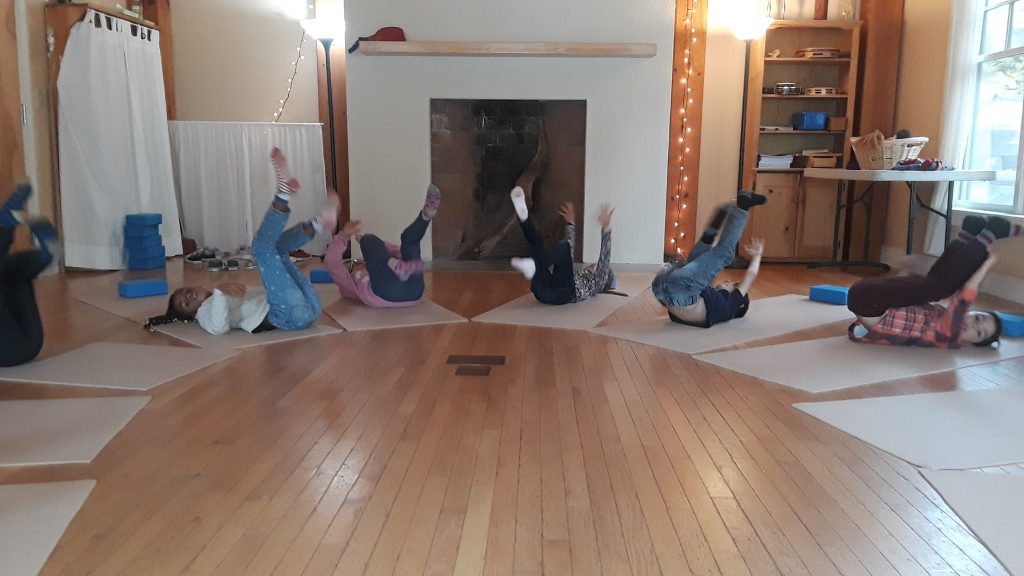
“I am proud of the way our community has taken on the important work of explicit SEL and mindfulness instruction. For 100 years, Waldorf education has modeled the five CASEL competencies of social-emotional learning and offered learning experiences that support these practices. Today’s children absolutely benefit from this type of instruction – and the important social skills and behaviors gained help children and adults navigate the increased demands of our modern world,” says Branigan Reed, Waldorf School at Moraine Farm’s Education Support Teacher. “CARE class gives students an opportunity not only to develop healthy habits of self-care, but also fosters a desire to care for others in the community and the environment we live in. The SEL work being done with the faculty mirrors the student classes and nurtures common expectations and understanding across the entire community.”
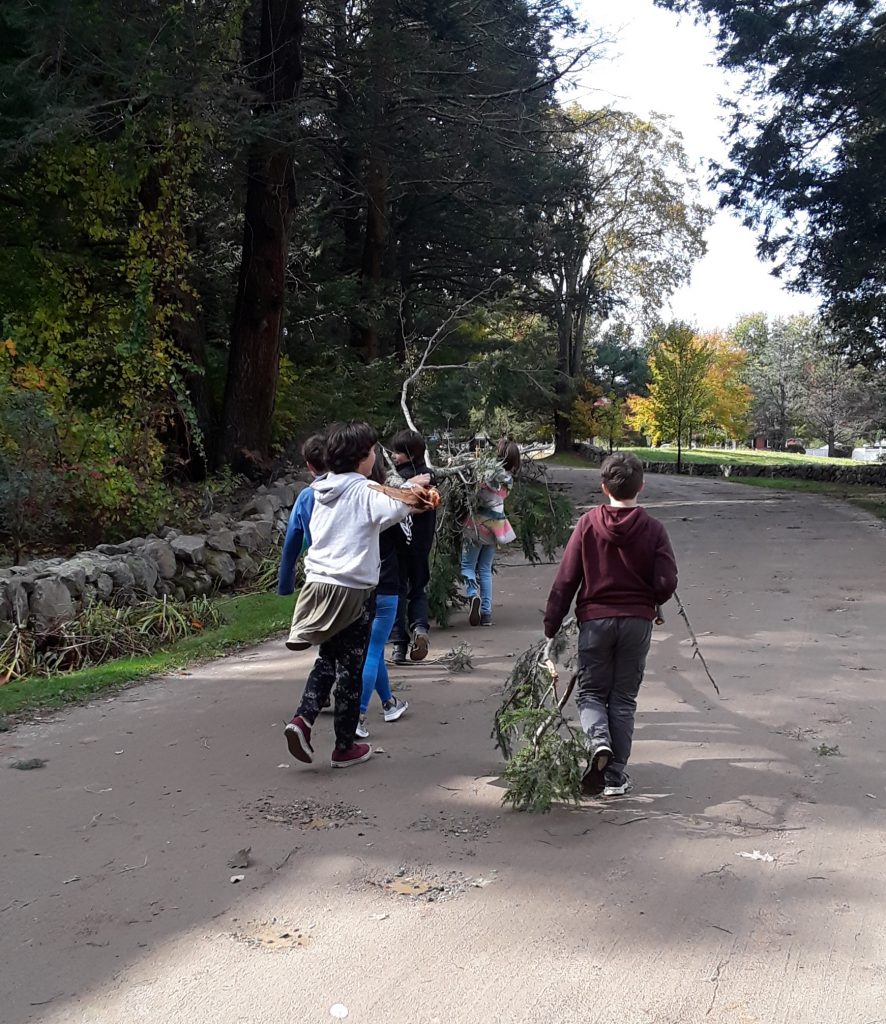
By Branigan Reed and Zoe Cohen

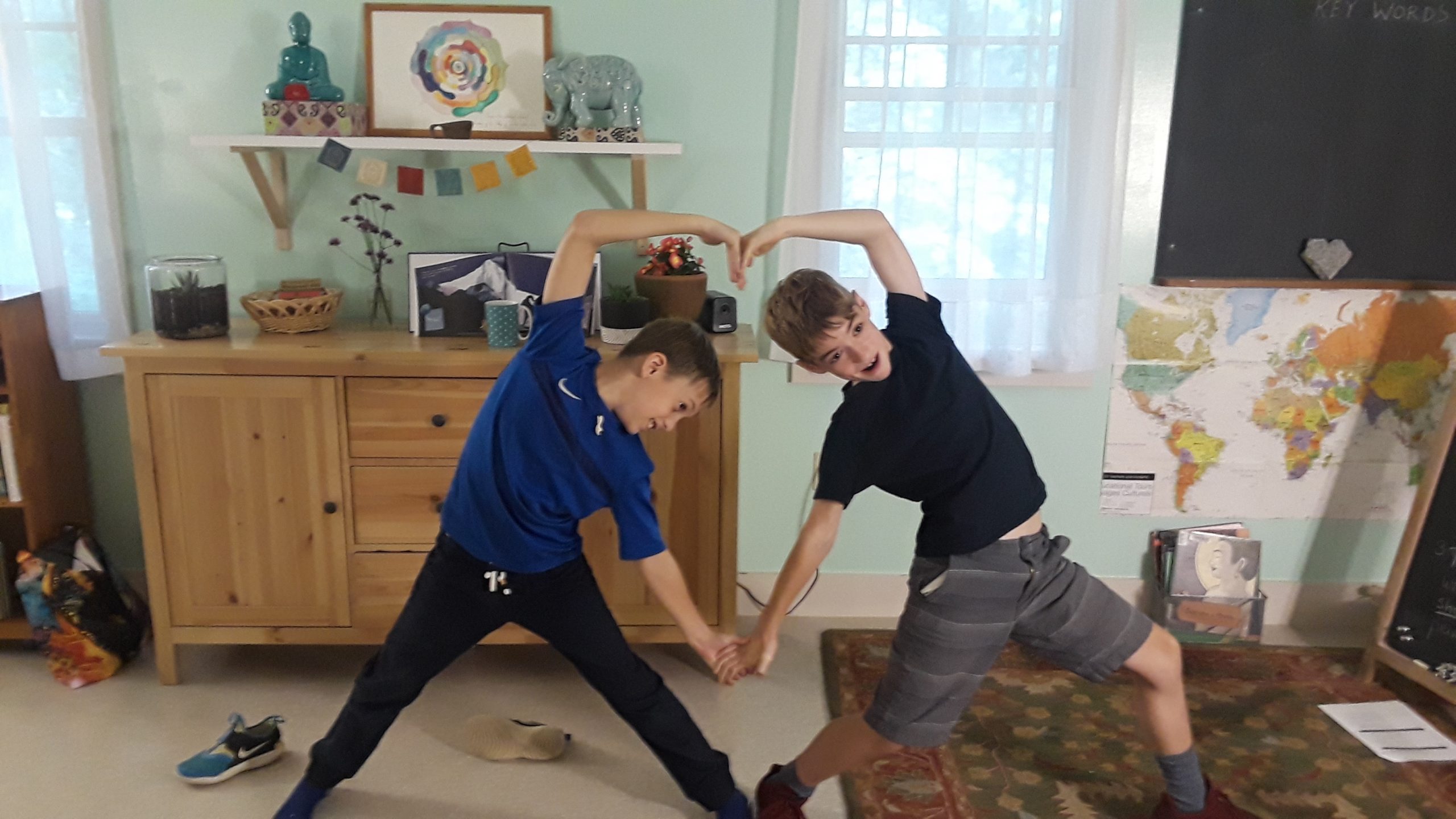

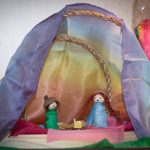
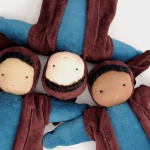

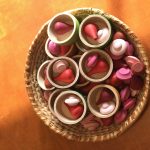


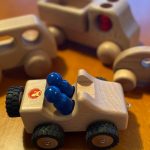

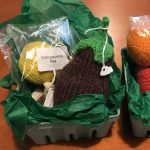
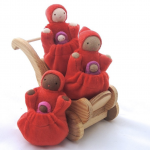
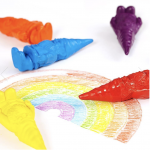
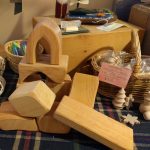




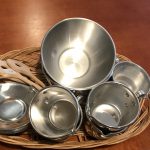

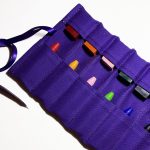
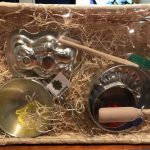
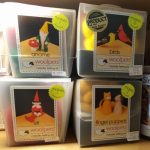

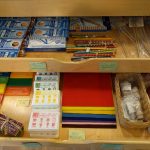


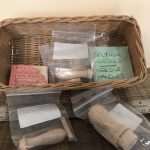
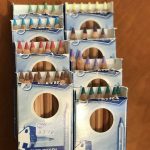

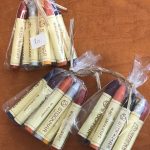



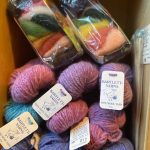
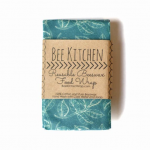
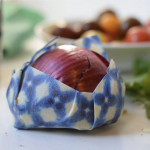

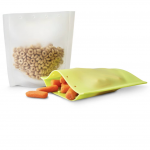

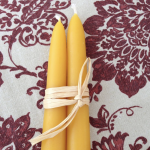
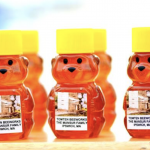

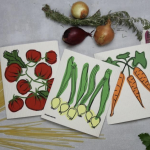


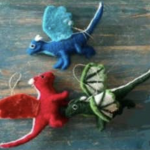
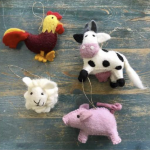
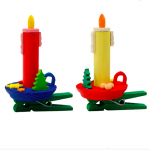
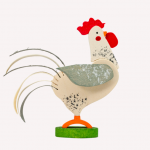


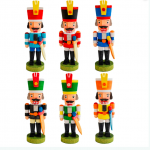
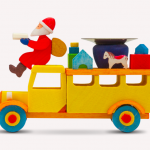




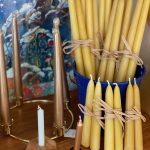
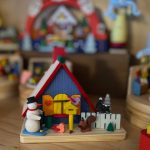

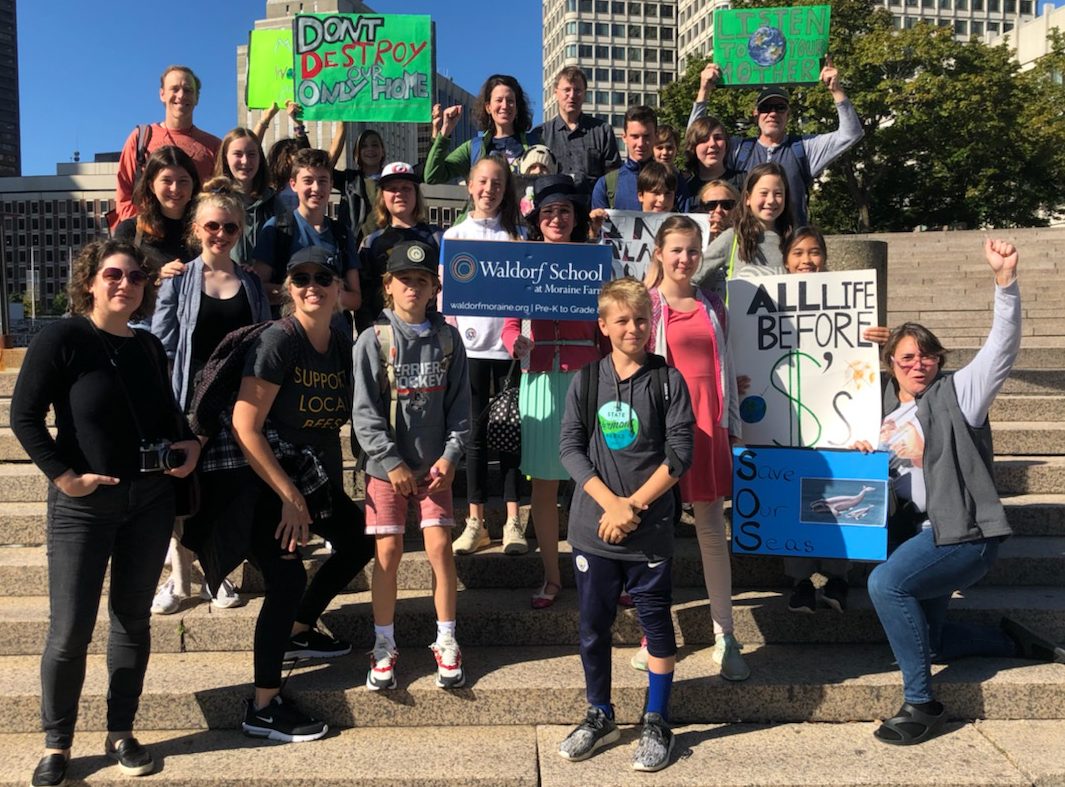
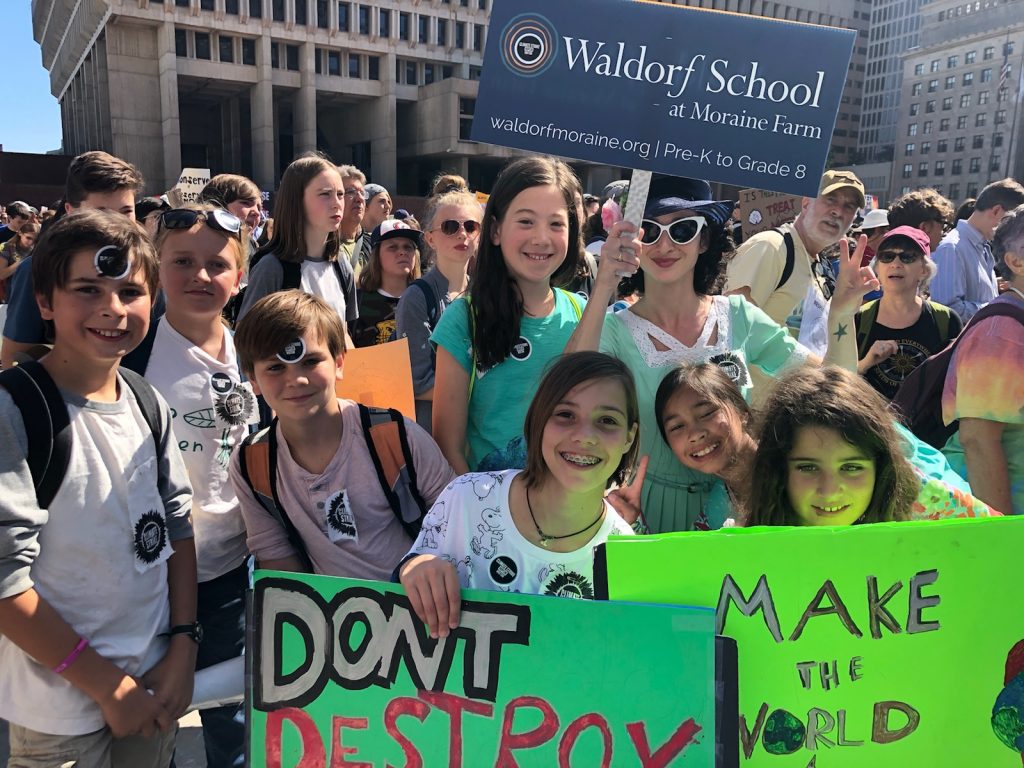

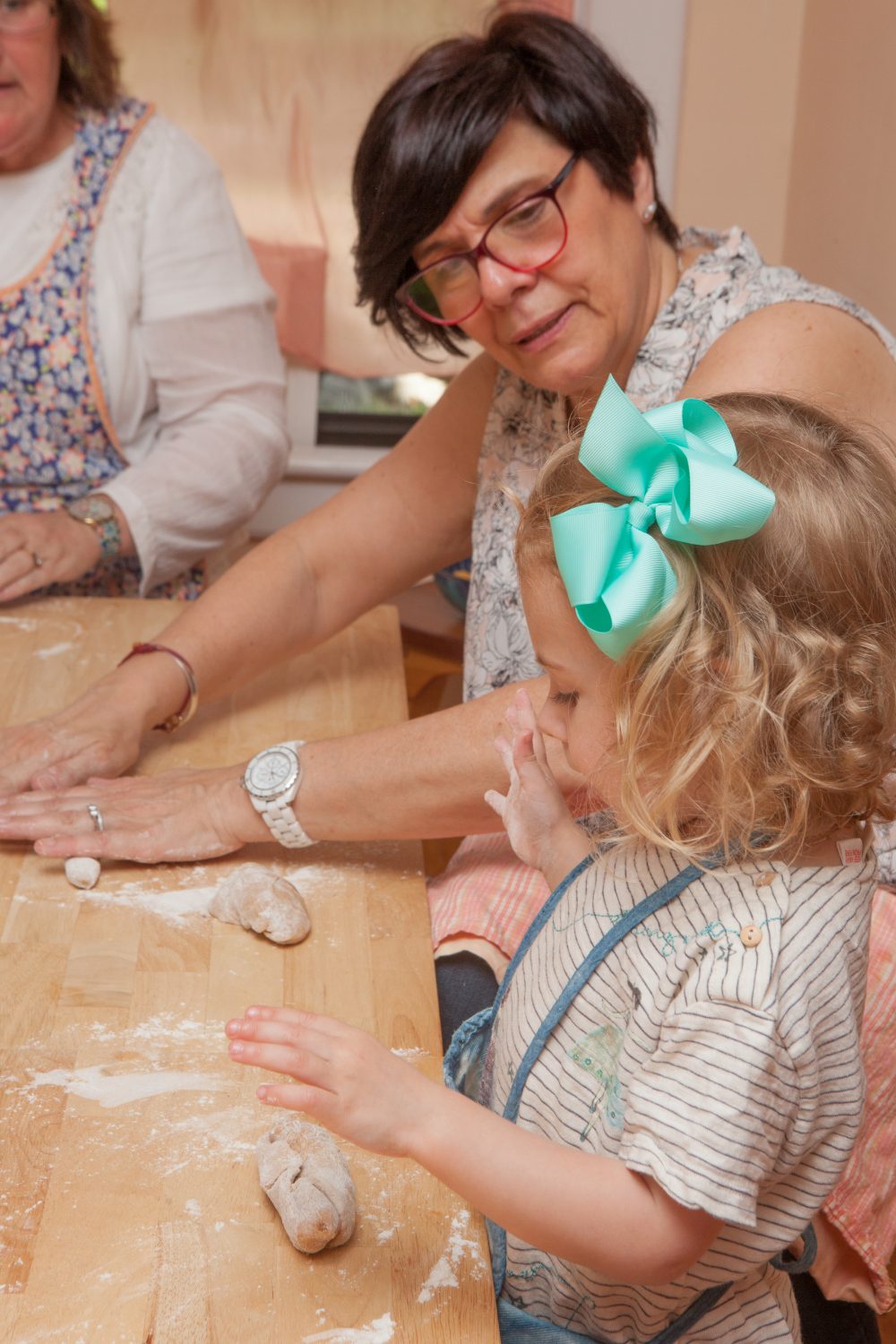
 Bread making at Waldorf School at Moraine Farm is a much loved activity beginning with children as young as two years old. Waldorf schools around the world use different bread recipes.
Bread making at Waldorf School at Moraine Farm is a much loved activity beginning with children as young as two years old. Waldorf schools around the world use different bread recipes.
